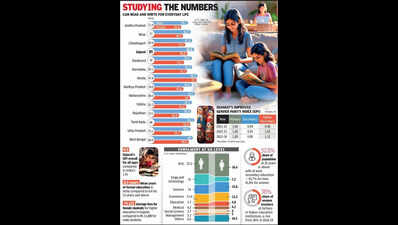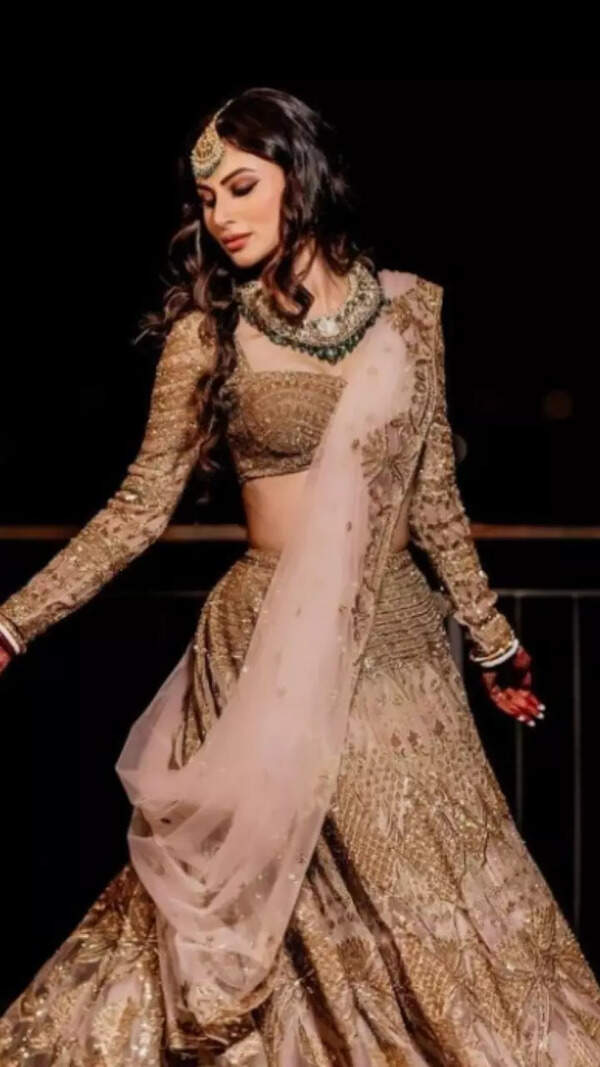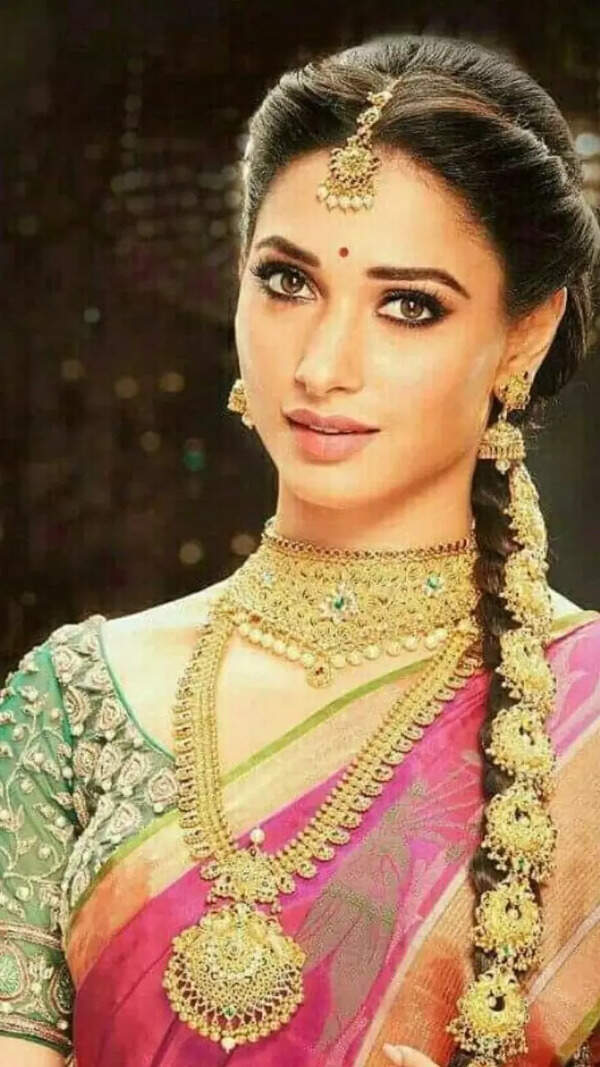- News
- City News
- ahmedabad News
- In Gujarat, girls study an average of 2.5 yrs less than boys: NSS report
Trending
In Gujarat, girls study an average of 2.5 yrs less than boys: NSS report
Ahmedabad: The initiatives to integrate girls into formal education are yielding results in Gujarat, according to the National Sample Survey (NSS) report ‘Women and Men in India 2024'. For the age group of 15 to 24 years among women, the literacy rate improved from 85% in 2011 to 94.4% in 2017. However, according to the report, when it comes to the gender gap, the years of formal study for girls were on average 2.5 years less than boys — compared to 8.8 years of schooling for boys, it was 6.3 years for girls.
In comparison, the gap was just 0.2 years for Kerala, 1.8 years for Tamil Nadu and 2.2 years for Karnataka, to name a few. The state's gender gap was on par with the national average of 2.5 years, as indicated by the report. Boys in rural areas studied for an average of 7.4 years, while girls studied for 4.5 years, indicating a gap of 2.9 years. In urban areas, boys studied for 10.6 years and girls for 8.7 years, reflecting a gap of 1.9 years.
Among girls in urban areas, some states with more than 10 years of education included Delhi (10.3), Goa (11.1), Himachal Pradesh (10.8), Kerala (10.6), Maharashtra (10.2) and several of the Northeastern states.
A total of 91.6% of the respondents above seven years of age said that they could read and write. Male literacy stood at 95.3% compared to female literacy at 87.7%.
The report also highlighted trends in education, mentioning that among both boys and girls, arts remained a favourite for higher education at national level, followed by engineering for boys and science for girls. Commerce took the third spot for both boys and girls. In almost all disciplines, there was no more than a 5% difference in enrolment, except in engineering, where male enrolment was twice that of girls.

About the Author
Parth ShastriEnd of Article
Follow Us On Social Media








